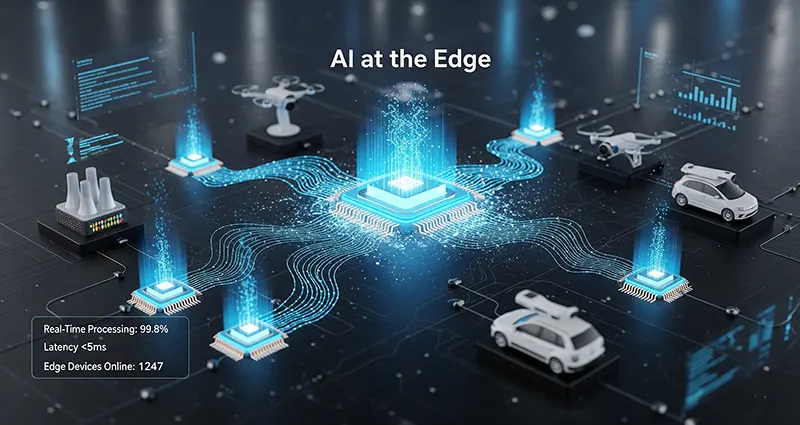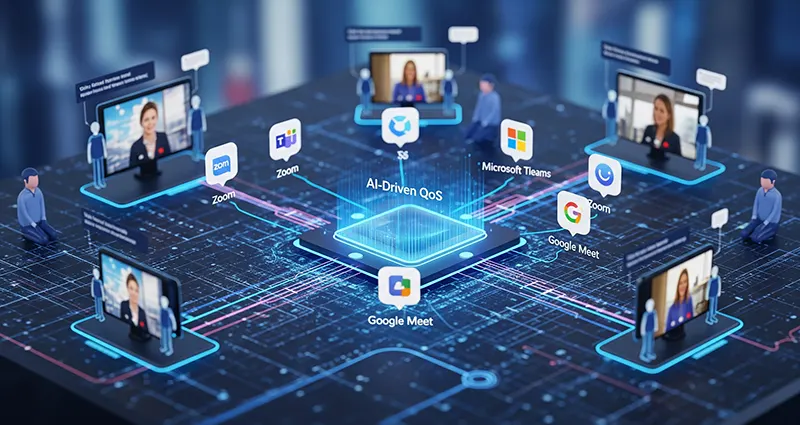AI at the Edge for Real-Time Data Processing and Low-Latency Applications
As the demand for faster and more efficient data processing intensifies, businesses and technology developers are turning to AI at the edge to meet the challenges of real-time applications and low-latency environments. Edge computing combined with artificial intelligence enables data to be processed locally—close to the source—vastly reducing delays and improving responsiveness. This approach is revolutionizing how organizations handle critical workloads and deliver enhanced user experiences.
What is AI at the Edge?
AI at the edge refers to the deployment of artificial intelligence algorithms and models directly on edge devices such as sensors, gateways, smartphones, or IoT devices. Instead of sending raw data to cloud servers for processing, edge devices analyze and interpret data locally. This decentralization enables rapid decision-making and actions without the dependency on cloud connectivity.
Benefits of AI at the Edge for Real-Time and Low-Latency Applications
1. Reduced Latency
By processing data near the source, AI at … Read More











